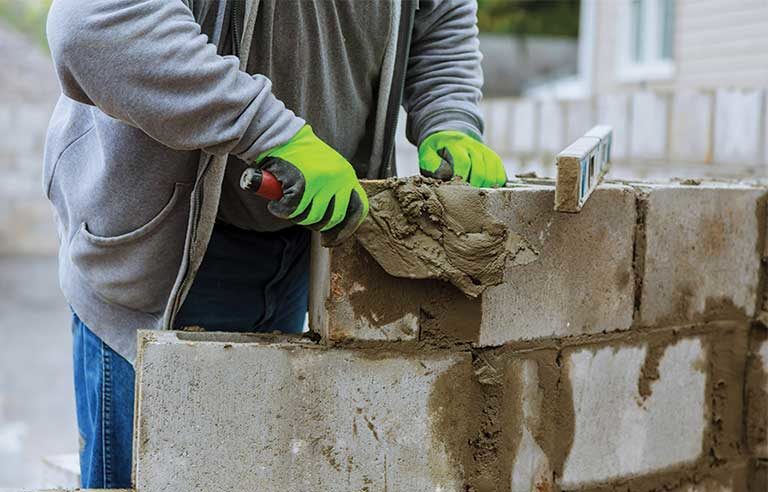5 tips to reduce repetitive stress injuries

Construction workers: Do you often perform the same task at work over and over again? Do you experience pain afterward? What starts as a minor ache or pain can quickly turn into a more serious condition – a repetitive stress injury.
“Returning to the same task without time to recover can damage nerves, tendons, muscles, ligaments and joints,” the Texas Department of Insurance says. “Injuries could include shoulder and low back strain, carpal tunnel syndrome, and tendonitis.”
The department offers these five tips to help workers reduce the risk of RSIs:
- Use hand tools the right way. Make sure you’re using the right tool for the task. It needs to fit your hand and be lightweight, and you need to keep your wrist straight when using it. The handle should also extend past your palm.
- Protect your back. To start, don’t lift more than 50 pounds. Then, avoid working in awkward postures, and don’t twist when lifting. Instead, use a cart, dolly or forklift, or ask someone to help you.
- Avoid overexertion when laying bricks. “Bricklayers and masons have the highest rates of back and overexertion injuries in the construction industry,” the insurance department says. Reduce the risk by using half-size pallets, two-person lifts, H-blocks and mortar silos.
- Reduce the stress of overhead drilling. “Overhead and inverted drill presses, some mounted on tripod bases with telescoping poles, allow the upper arms to remain below the shoulder for more comfortable drilling.”
- Reduce exposure to vibration. Vibrations can interfere with your body supplying blood to your fingers, arms and toes. You should always wear gloves or anti-vibration wraps when using vibrating equipment, make sure heavy equipment has padding, and take regular breaks.
Post a comment to this article
Safety+Health welcomes comments that promote respectful dialogue. Please stay on topic. Comments that contain personal attacks, profanity or abusive language – or those aggressively promoting products or services – will be removed. We reserve the right to determine which comments violate our comment policy. (Anonymous comments are welcome; merely skip the “name” field in the comment box. An email address is required but will not be included with your comment.)

